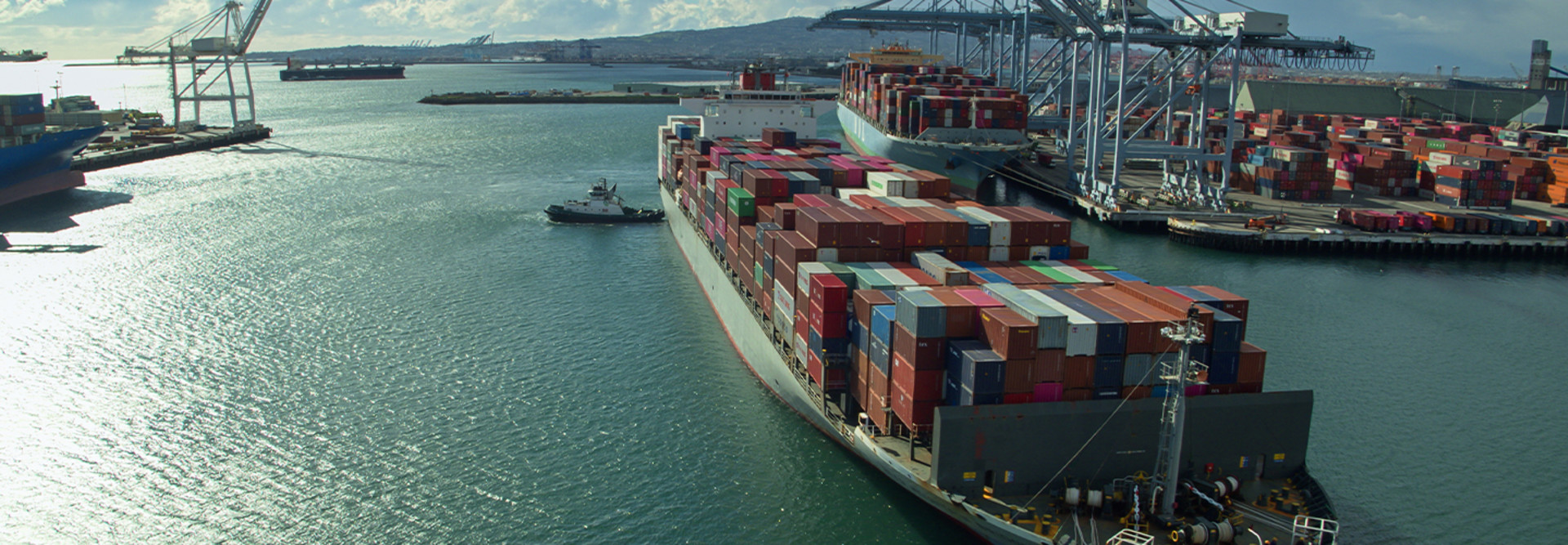Platform Ensures End-to-End Visibility for Shipping Containers
Enter AWS. Every shipper wants the answer to a basic question: Where is my cargo? The company encouraged the port’s executives to work backward from there.
“They helped us, through their process, to define the needs of the customer to better understand how we can help them,” Hacegaba said. That means taking available data on shipping containers and massaging it into a platform everyone can access.
“This is not just another cargo visibility tool,” of which there are several on the market, Hacegaba said. “If you think of those as cars that carry data, what we’re building is a highway that will enable all these different cars to travel on a common portal so that we can ensure there’s true end-to-end visibility across modes.”
EXPLORE: Real-time supply chain visibility solutions.
Since the Port of Long Beach launched the platform in December 2021, the Northwest Seaport Alliance and the Utah Inland Port Authority have signed up to use it. Like an online airline flight update system for passengers, the new service is free to shippers.
Making the platform work required tearing apart myriad data streams. Shippers use what’s called an EDI 300 Reservation to reserve space, containers and equipment for transport by ocean vessel. That includes data on the status of the ship and when it will make a port of call. Add to that crane data from the port operators, data from trucking companies and more information from rail freight carriers.
Ports Eye Data Sharing and Data Protection for Shipping Information
Of course, all the data was in different formats. The answer was to harness the information and boil it down digitally into a container “event” that tells a shipper the steel box has been transferred to a particular location at specific date and time, when it was unloaded and to whom it was forwarded.
Next, the Port of Long Beach produced a representational state transfer API to allow easy access to the data stream. The goal is for shippers and manufacturers to download these events into their own scheduling systems and use the information to make better strategic decisions. Many players in the supply chain still wait by the phone to hear about the status of their shipments.
A data leak would be highly problematic and cause participants to pull out of the project. The platform’s engineers applied several AWS security best practices such as leveraging serverless technology to minimize the risk.
DIVE DEEPER: How IBM helped better secure the Port of Los Angeles.
The system is a prototype, and select transportation providers are sharing data. The second phase starts this summer, and six more terminals at the Port of Long Beach will be included. The port is also in discussions with 30 additional ocean carriers about joining the effort.
“There are tools out there, but nothing to this extent,” Hacegaba said. “Our vision ultimately is not just end to end across the supply chain, but coast to coast. One of the reasons why information doesn’t flow so seamlessly is because it's a series of silos. We’re trying to break those silos.”
The platform is also flexible. “Every shipper, regardless of the size, can access the data they need,” he said.











